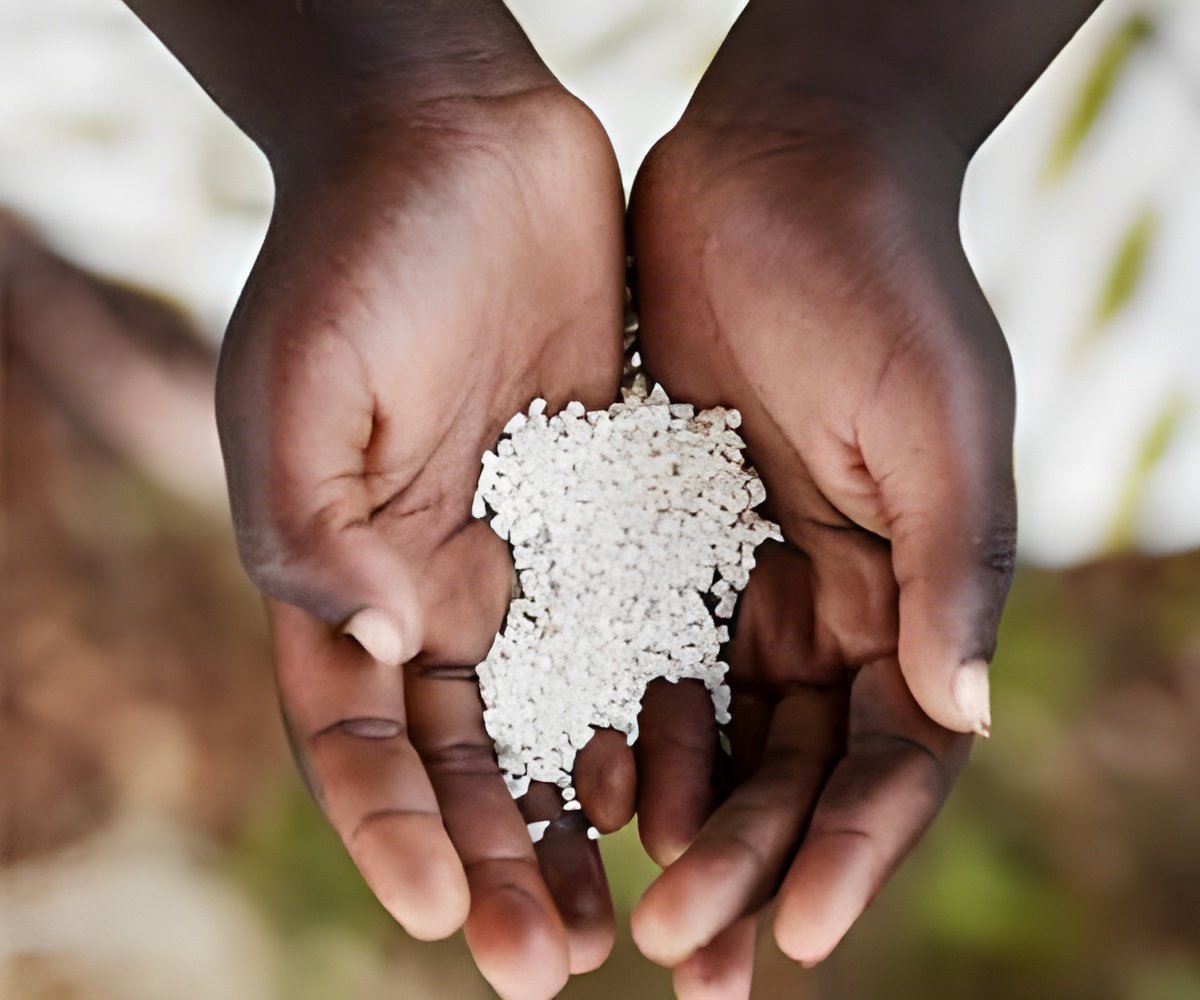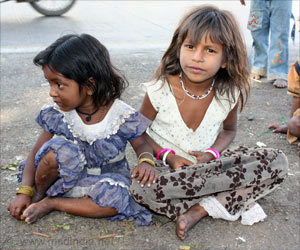
Biofortification crop systems are highly sustainable one-time investments--the varieties developed and released will continue to grow annually, even without government attention or external funding, and breeding for higher levels of vitamin A and zinc does not penalize yield. There are currently 290 varieties of 12 biofortified crops, including rice, wheat, maize, that target the low-income households who rely on these staple crops and may suffer from hidden hunger.
"Maize and wheat are excellent targets for biofortification because they are widely cultivated, have wide agroecosystem coverage, are important in diets and trade, have useful native genetic variation for improving micronutrient density in the grain, and have a long history as subjects of breeding and genetic research," according to the authors of "Improving Nutrition through Biofortification: Preharvest and Postharvest Technologies," published in Cereal Foods World.
Organizations such as the International Maize and Wheat Improvement Center (CIMMYT), HarvestPlus, and the International Institute of Tropical Agriculture have worked to develop provitamin A-enriched maize varieties and zinc-enriched maize varieties, which have been released in South America and Africa. These organizations have also worked on enhancing levels of iron and zinc in wheat grain, releasing six biofortified wheat varieties in Pakistan and India in recent years.
Nutritional studies have found these biofortified varieties to be effective. A study in India found that young children who ate zinc-biofortified wheat experienced 17% fewer days with pneumonia and 39% fewer days vomiting than those children who ate conventional wheat products. Provitamin A-biofortified maize is a proven source of vitamin A. Additional studies are likely to reveal more positive effects of biofortified staple crops on nutrition.
Biofortification is one way to address hidden hunger, but it is not without challenges. According to the Cereal Foods World article, "To realize their full potential, biofortified maize and wheat varieties must be integrated as a core products in research, policy, and food value chains for these crops, which implies that all participants in the value chain, particularly farmers and consumers, must be convinced of their value."
Advertisement











